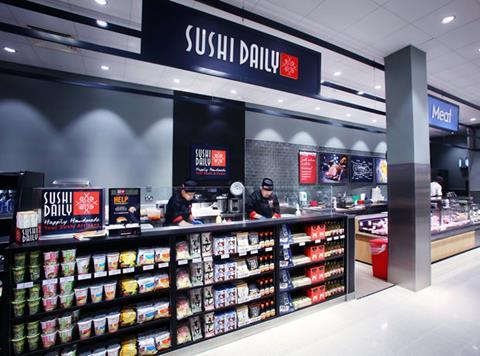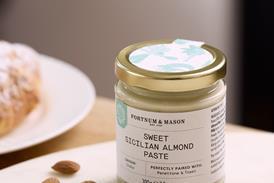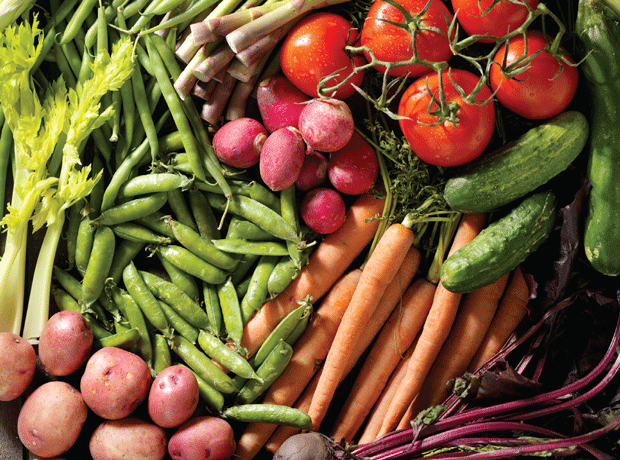
We report today on the success of Waitrose’s pilot scheme for fresh in-store sushi concessions. Starting out in two locations, the Japanese delicacy has proved so popular with Waitrose customers that it has already opened a third, with the expectation of more to follow.
The fast progress of these little slices of raw fish theatre come as no surprise to me; the same practice was extremely common and well-received across the southern US, where I lived for four years. Even in the concrete suburban sprawl outside Dallas, most large grocery stores, from premium Whole Foods Market to middling Trader Joe’s to relatively downmarket Kroger, had a sushi chef or two working in-house, churning out a premium snack that feels exotic, upmarket and healthy.
Eating sushi near a rattlesnake-filled swamp in 45-degree heat, I couldn’t help but wonder how far removed my sushi experience was from the experience intended by its mother culture as the national delicacy of Japan. Turns out, Japan was wondering the same thing. Not about my safety in regards to the proximity of rattlesnakes (I’m fine, thanks), but as to how other cultures might be damaging the perception of sushi around the globe.
To this end, the Japanese government has set up a “tough new certification system for overseas chefs”, with education aiming from not just how to make sushi, but how to be the kind of host the Japanese would find acceptable. Washoku, an all-encompassing term for traditional Japanese cuisine, is recognised by UNESCO as an asset of ‘intangible cultural heritage’.
Such a certification scheme, aiming to govern the nature of a national cuisine as interpreted by those overseas, raises a few interesting points.
As the recent protected food status kerfuffle over halloumi cheese production illustrates, regions remain protective of what they feel to be ‘their’ products. Can a country remain protective of an entire cuisine, though? In the US, a noticeably American strain of sushi has developed, from the avocado-stuffed California roll beloved on the west coast to the horror of a southern-fried chicken sushi roll called a ‘Tyson’ that I bore witness to in Texas.
Would the Indian government want to sponsor a course that might result in British chefs producing a chicken tikka masala, for example? And should we be starting to think about an international fish & chip certification in return? When preservationist attitudes are extended to cuisine, do we also eliminate the chance of that cuisine evolving into local hybridisation?
Then there’s the quality question. Talking to the Telegraph, UK-based cookery teacher Yuki Gomi describes the “real distinction between sushi that is freshly prepared in a high-end restaurant and the type of sushi eaten by your computer at lunchtime… fundamentally sushi has to be prepared fresh. The problem with the supermarket sushi is the shelf life.”
While a Waitrose-style in-house sushi chef might go some way to assuaging Gomi’s concerns, the fact remains that, in the west, snack sushi doesn’t have the same kind of cachet it does in Japan. Most grocers’ food to go lunch aisles now have a sizable sushi offering, and the prospect of sushi with a price above that which is already relatively upmarket for a quick lunch solution is unlikely to interest UK consumers.
Could certification separate a dinner sushi banquet from a lunchtime sushi snack in the mind of the busy British consumer? Unlikely. In any case, the certification course for overseas sushi chefs remains voluntary and so the British lunchtime sushi offering is likely to stay something the Japanese would likely turn their noses up at – but also something that’s appreciated by and accessible to many more consumers than would otherwise be the case.



















No comments yet